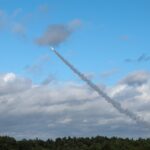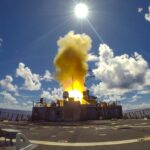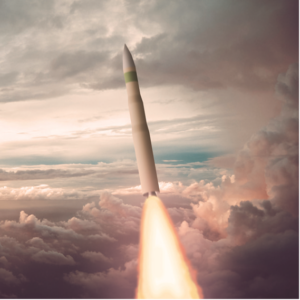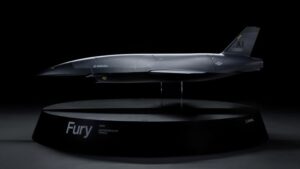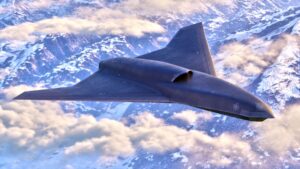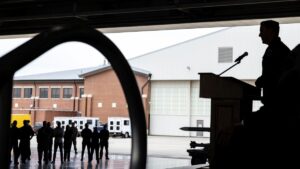
NATIONAL HARBOR, Md.–The U.S. Air Force may get a reading on how many combat coded fighters it will need in years ahead as the result of a study that just began.
“I know we don’t have enough right now,” Maj. Gen. William Betts, the director of plans, programs and requirements at Air Combat Command (ACC) at Langley AFB, Va., said in an interview on Wednesday.
The Air Force has more than 2,000 fighters–the most numerous being 862 Lockheed Martin [LMT] F-16s. Yet, at most, 750 of the more than 2,000 fighters are combat capable, mission squadron assigned and the 750 figure is two-years-old, John Venable, a senior resident fellow at the Mitchell Institute for Aerospace Studies, said Wednesday during an air superiority panel at the Air and Space Forces Association’s Air, Space & Cyber conference here. That 750 compares to a Chinese fighter number of 1,100 relatively new ones, as China adds 120 J-20s and 170 fourth generation fighters annually, compared to a U.S. Air Force number of less than 60 Lockheed Martin F-35s and Boeing [BA] F-15EXs, he said.
“When I go out to Langley, and there’s a number of aircraft non-operational sitting around the ramp because they don’t have the parts, that’s a problem,” Air Force Secretary Troy Meink told the conference this week.
Betts said during Wednesday’s air superiority panel that “the fastest way to have an effect is to try to go after the aircraft availability of the fleets we own now.”
“The new aircraft that we have we haven’t bought enough spare parts for, and the old aircraft we have are going through diminishing manufacturing sources [DMS] because they’re not making the parts anymore,” he said.
Reverse engineering of old, DMS parts no longer made can be time consuming and costly.
Maj. Gen. Jennifer Hammerstedt, the director of logistics, engineering and force protection at ACC, said on Wednesday during a joint interview with Betts that an important factor in boosting the number of mission capable F-35s is “making sure that the modeling is good, that we understand where the next failure is gonna be, and is the program set up to be able to catch and predict and make sure that the capability is ready to catch the next failure point that we’re going to have on the platform.”
The Air Force and the Department of the Navy are to take responsibility for F-35 maintenance from Lockheed Martin by the end of 2027–a timeline mandated by Section 142 of the fiscal 2022 NDAA. DoD has aimed to reduce maintenance costs for the fighter through service depot activation, increasing the speed of repairs, extending part expiration dates, and using a Pathfinder initiative that finds similar parts on other fighters for the F-35’s wheels and brakes and the F-35B lift fan, for example (Defense Daily, Jan. 17).


